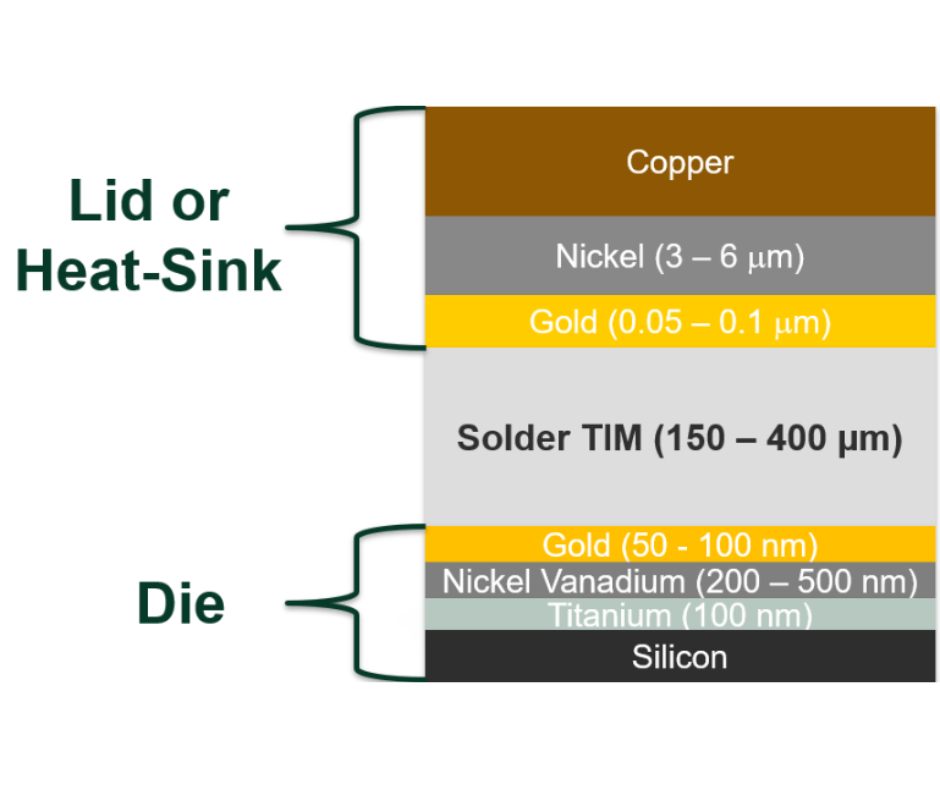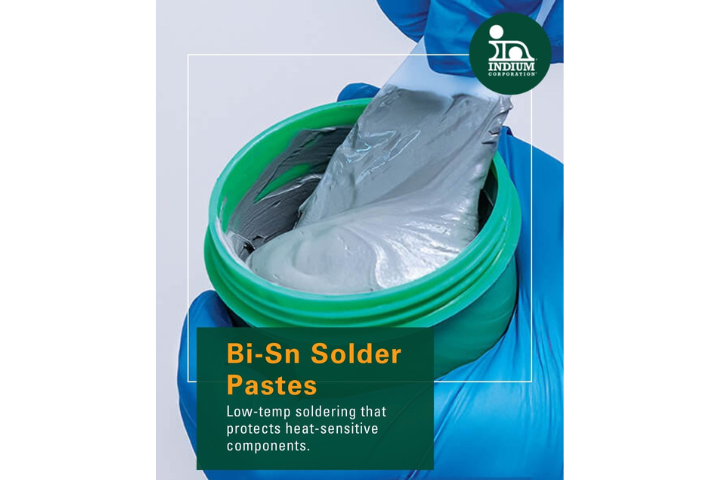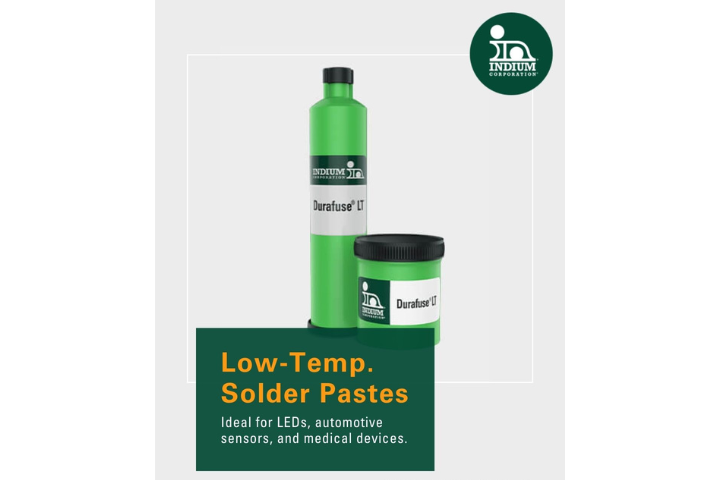Folks,
About a year ago, I posted on acceleration factors in temperature stress testing. See the equation in Equation 1 below. I made a mistake with the exponent, it should not be 5.5, but 2.65. The 5.5 exponent is for voltage acceleraton factors, not temperature. See O’Connor’sPractical Reliability Engineering,pages 333 and 334.

Equation 1. The incorrect acceleration equation;the exponent should be 2.65 instead of 5.5.
The correct formula is shown in Equation 2. As an example, assume you are the project manager for a PCB that must function in an environment from -15 to 45°C. The PCB will experience one thermal cycle per day in the field, worst case scenario. It must function for 20 years. So, the board will experience 365.25 days/year x 20 years = 7,305 days, or 7,305 cycles at one cycle per day. Your thermal cycle chamber can cycle through -20 to 140°C in 4 hrs, or 6 cyclesin one day.

Equation 2. The correct acceleration equation for thermal cycling.
Applying these DTs in equation 2, we get an acceleration factor of 13.45 in our example.
Considering the acceleration factor, you need to test for 7,305/13.45, or 543 cycles. At 6 lab cycles per day, this is 543/6 = 91 days.So, you can do the testing in about 3 months.
The customer requires less than a 5% failure rate with 95% confidence.
The experiment is performed in the lab for 560 cycles on 100 samples. Of the 100 samples, 3 failed at thermal cycles below 543.These samples failed at 491, 511, 539 cycles, respectively.
Usingconfidence intervals on portions, we see that the 95% confidence interval is 6.4%, which is slightly higher than the 5% we had hoped. See Figure 1.

Figure 1. Equation showing that the 95% confidence interval is 6.4%, higher than theexpected 5%.
I created an Excel® spreadsheet to perform these calculations. See Figure 2below.

Figure 2. The Excel® spreadsheet to perform the calculations in the example.
This acceleration factor is based on the work of Coffin-Manson. O’Connor points out that much of this work was based on tin-lead solder. Lead-free solder does not have as much experience and models are just now being developed. Intital work suggests the exponent if 2.65 we used. However, an example like ours is conservative as it is unlikely that a field sample would be exposed to a DT of 60°C every day.
Cheers,
Dr. Ron



